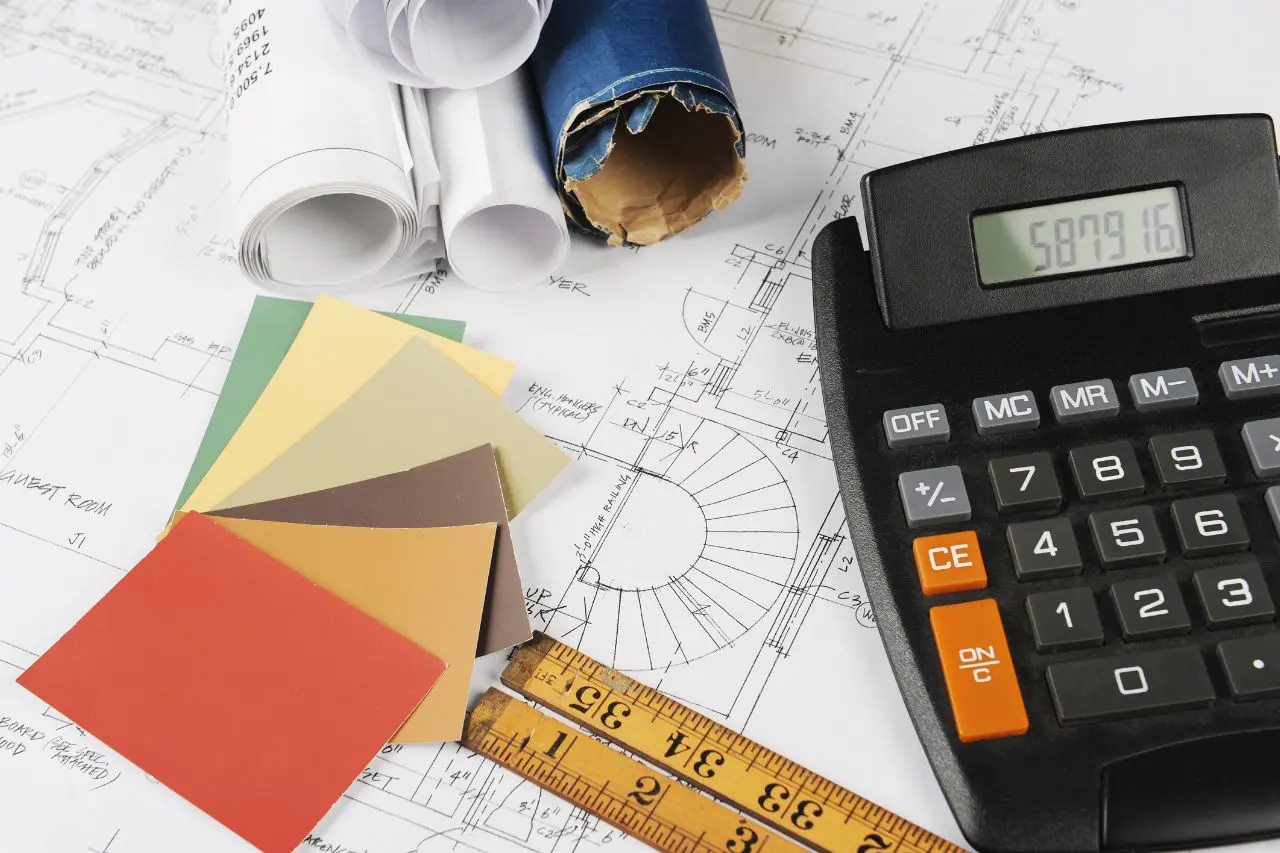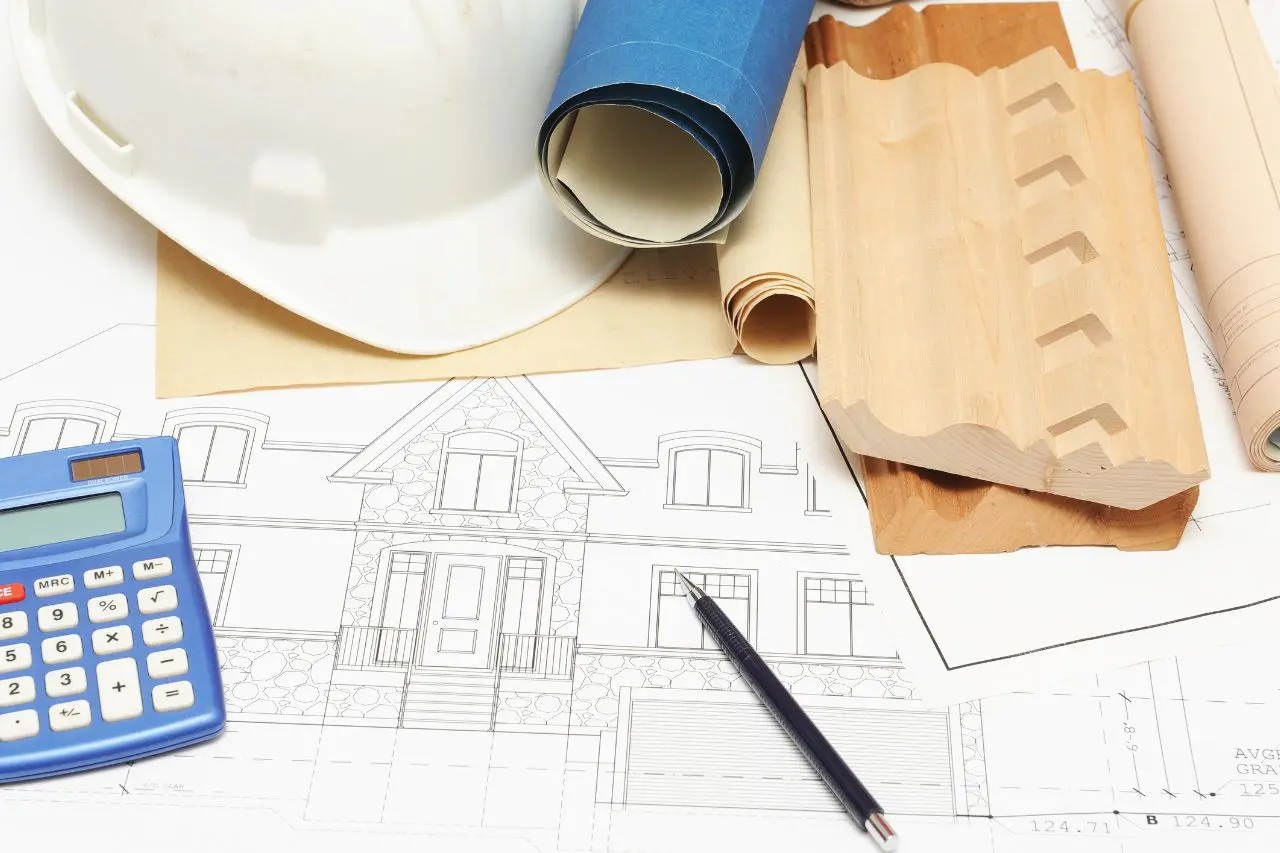If you’re in the construction business, accurate estimates are vital to scoping out a project and bidding for work. Whether you are a small-scale contractor or run a large-scale operation, giving customers accurate estimates helps build trust and maintain goodwill.
Inaccurate estimates can lead to unnecessary delays due to defective materials or rising labor costs. You could have avoided them if you had made appropriate allowances before presenting an estimate. It’s crucial to craft professional assessments every single time—and that’s just what this article will help you do.
What Is a Construction Estimate?
A construction estimate is a document that a contractor or estimator prepares that provides an accurate cost assessment and the timeline for completing a building project.
It contains an itemized list of all the materials, labor, and equipment necessary to complete the project. The estimate should consider site conditions, weather, local wages, and material costs.
It typically includes the price for each component and any additional costs (such as taxes or delivery charges). A reasonable estimate should be comprehensive and has allocations for contingencies should unforeseen expenses arise.
Why Is an Accurate Estimate Important?
An accurate estimate is essential to any construction project’s planning and budgeting process. A well-thought and planned one will keep the project on track in terms of both cost and timeline. Here’s why it’s important:
- It informs the stakeholders about potential risks or challenges associated with the completion of the project.
- Accurate estimates also enable contractors to prioritize tasks, increasing efficiency throughout the construction process.
- An accurate estimation allows contractors to make more informed decisions regarding the selection of materials, labor costs, subcontractors, and equipment rental.
- Ultimately, it ensures all involved parties can focus on getting the job done right without worrying about unexpected overages or delays due to inaccurate guesswork.

5 Types Of Construction Estimates
Different estimates have different purposes. Here’s how you can make the most of each type.
1. Preliminary estimate
It provides an initial cost figure to help stakeholders decide whether or not to pursue a project. You can use this early in the project planning to understand the overall cost.
The cost of a preliminary estimate relies heavily upon available data. It’s coupled with historical data (if any) for similar projects you have executed in past endeavors.
2. Detailed estimate
A detailed estimate is a comprehensive breakdown of the cost of completing a project. It considers more variables than a ballpark estimate and provides a line-by-line comparison to the client.
This estimation considers all visible and invisible aspects throughout every stage of the project life cycle. It calculates exact costs for each element in the building process, from design to materials procurement to on-site execution. It’s helpful during long projects or ones with high levels of complexity.
3. Quantity estimate
Quantity estimate calculates the amount of materials needed for the project. You can use this information to generate a bid estimate, which is an estimate of the project’s total cost based on the quantities of materials and labor required.
Quantity estimate is often used in the early stages of the life cycle of a project. It provides more detail for pricing out the expected cost for execution. You may generate one by using existing measurements from previous similar jobs and other take-offs from existing drawings.
4. Bid estimate
This type of estimation involves gathering data about a potential job and compiling a detailed cost proposal for the client. It should include an itemized list of materials and labor and any overhead costs associated with the project.
This estimate is crucial in competitive bidding, giving potential customers an accurate idea of their project’s cost. The main benefit of using a bid estimate is that it can help clients lock in pricing before deciding who they want to partner with for the project.
5. Control estimate
Control estimate provides a benchmark to measure construction costs throughout the pre-construction phase and during the course of the project completion. An estimating specialist utilizing specialized software can estimate all labor, material, and equipment costs.
This type of estimate provides essential information for
- project feasibility studies
- budgeting, and
- scheduling
It makes it easier for construction teams to examine potential investments and determine which projects are within their financial capacity.
Information to Gather Before Making an Estimate
Gather as much information as you need so that the estimate is as accurate as possible. Here’s a list.
1. Scope of work
Determine the scope of work for the project. You must understand the nature and extent of your work and any special requirements or specifications. Identifying the materials and equipment needed and the labor required to complete the job will be easier.
2. Site inspection and measurement
Conduct a site inspection and take measurements before creating an estimate. It will give you a better understanding of the space you are working in. Plus, you will avoid any surprises or hidden costs. Consider any features or requirements of the site that could impact the project’s cost.
3. Materials and equipment
Identify all of the materials and equipment required for the project. The list includes everything from lumber and concrete to tools and machinery. Once you have a complete list of materials and equipment, research pricing and availability.
4. Labor costs
This includes wages for all workers involved in the project and any overtime or other added costs. It is crucial to get an accurate picture of labor costs before creating an estimate to avoid surprises like additional fees.
5. Permits and regulations
Check for any applicable permits or regulations that could impact the cost or timeline of the project. Obtain the necessary permits or comply with local regulations to avoid delays or additional charges.
6. Project timeline
Finally, have a realistic timeline for the completion of the project. Consider any variables impacting the timeline, such as weather conditions or material availability. Always make allowances for the dates and the estimated completion time to manage client expectations.
How to Make an Estimate for Construction
Accurate estimation is critical to the success of any construction project. Here are a few tips to help you create one before presenting it to the client.
1. Know your costs
Keeping track of these costs can be cumbersome if you do it manually, like listing them on paper. But a few resources can help, such as online cost databases or software programs designed specifically for construction estimation. Once you understand your costs well, you can start creating your estimate.
2. Use historical data
If you’re working on a similar project to one you’ve completed, you can use historical data to give you an idea. Knowing how much material and labor was required for previous projects can provide a good starting point for estimating the cost of your current project.
3. Provide a complete estimate
A common mistake when creating estimates is failing to include all necessary items in the calculation. Be sure to have everything – from the minor items, like nails, to the largest ones, like panels – that will be required to complete the project.
4. Get multiple bids
Once you’ve created your estimate, getting bids from various contractors ensures you get the best price for the work required. Be sure to provide each contractor with the same information so that they can give you an accurate bid.
5. Review and revise as needed
Even after getting bids from contractors, you must review your estimate regularly to ensure it’s still accurate. As new information becomes available or changes are made to the scope of work, update your estimate accordingly to cope with the external uncontrollable variables, including inflation.

Why and When to Revise The Estimate
Revising an estimate is a crucial step in the construction process. It ensures that your project stays within the expected budget and timeline. To create an accurate outlook of the costs and resources required for a job, you should review your estimate periodically and revise it if necessary.
For example, if new or upgraded materials are requested, you must review the cost of purchasing these supplies. Also, consider any updates in labor costs or unforeseen delays that could require more hours or manpower to finish the project.
If you’re trying to decide if it’s time for your project to get a revamp or not, here are five reasons:
- It’s been more than six months since you created the original estimate.
- You’ve had changes in materials and supplies needed for the job.
- Your labor costs are significantly higher than what was expected.
- You didn’t initially factor in the cost of permits and additional regulations.
- The project scope has changed from what was specified in your initial plan.
Refrain from getting caught up in an unpleasant surprise at project completion. Revise your estimates as soon you encounter these factors.
5 Best Practices When Creating Construction Estimates
Follow these best practices to ensure you’re on top of your project.
1. Detail all line items in the estimate
Specify the number of materials needed and the unit cost of each item. You can avoid any potential misunderstandings or disputes with the client by including all line items in detail. You may use a construction estimate template to organize your list.
2. Include a margin for error
When creating an estimate, include a buffer to account for unforeseen circumstances. This will help ensure the project stays on budget and avoids cost overruns.
3. Break down the estimate by phase
Another best practice is to break it down by phase. It means specifying the costs associated with each project stage, from demolition to finishing work. Breaking down the estimate by stages can help better assess the project’s overall cost and ensure you don’t overlook crucial details.
4. Factor in inflation when estimating future costs
When estimating future costs associated with a construction project, it is essential to factor in inflationary pressures. This includes the expected rise in materials costs or labor rates over time. By factoring in inflation, your estimate remains accurate even as prices increase.
5. Use a template to speed up the process
The key to staying competitive in the construction business is speed and efficiency. Using a construction estimate template is the perfect way to streamline your process – you’ll be whipping out estimates with ease.
Going digital with the template eliminates manual work on paper, making it easier and faster to complete. Having the information readily available digitally also means you can easily tweak different elements of your estimates without starting from scratch.
How Fill Can Help With Your Construction Document Needs
Ready to go paperless? Fill can help you. Many contractors and professionals rely upon our document management and eSign software solution. It simplifies and accelerates creating an accurate estimate for a construction project.
Here are the key features that make Fill the ideal software solution for construction documents:
- Pre-built customizable templates – Use the templates to generate detailed quotes, proposals, and contracts quickly. It allows you to save time and resources and ensure accuracy in your estimates.
- Collaboration with other teams – Share documents with team members or clients and collect eSignatures in the platform. Streamline the review process to complete the approvals and sign-offs within the day instead of weeks.
- Maintain the highest security – Keep sensitive information secure with multiple levels of security built into Fill’s document management system – from encrypted cloud storage down to user roles, permissions, and restrictions on sharing data externally.
If you’re looking for an easy-to-use yet robust software solution for construction document needs, sign up for free today. Experience all these features in action and be amazed at how much time you’ll save with Fill.



